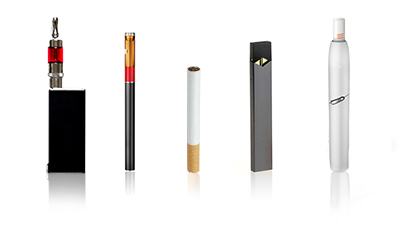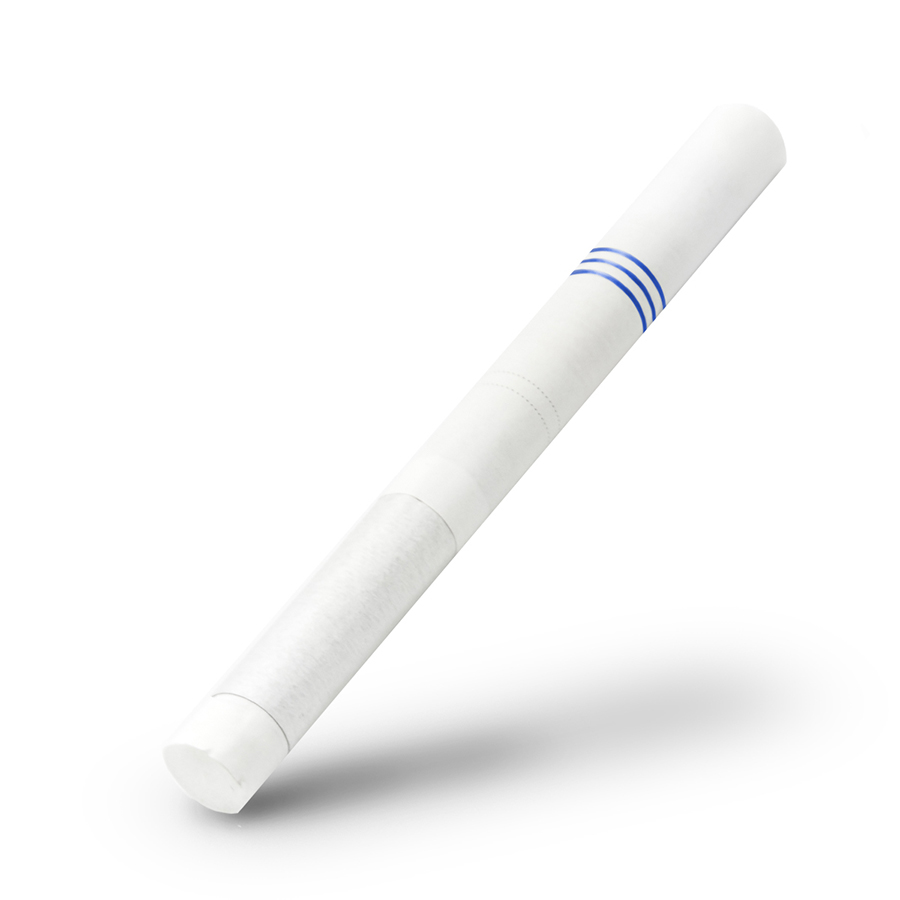Webpage
How are Non-Combusted Cigarettes, Sometimes Called Heat-Not-Burn Products, Different from E-Cigarettes and Cigarettes?
Preview Text for Your Web Page
The following text is a preview of content you can place on your website.
What is the difference between cigarettes, non-combusted cigarettes, and e-cigarettes?

- A cigarette consists primarily of tobacco leaves wrapped in cigarette paper. It may also contain a filter, chemical additives, or other components. The user lights the tip of the cigarette to burn the tobacco and inhales the smoke through the unlit end.
- A non-combusted cigarette consists of a heating source and tobacco. The tobacco may be wrapped in paper, which makes it a type of cigarette. However, the tobacco is heated to a lower temperature than a combusted cigarette to create an aerosol that the user inhales.
- An e-cigarette uses an e-liquid that may contain nicotine (typically derived from the tobacco plant), glycerin, propylene glycol, flavorings, and other ingredients. The device has an electric heat source that heats the e-liquid to create an aerosol that the user inhales.
How do non-combusted cigarettes work?

There are two types of non-combusted cigarettes currently allowed to be sold in the U.S. One product type, which has been on the U.S. market at various times since the 1990s, uses a carbon tip wrapped in glass fibers. The user lights the carbon tip, which heats the dried tobacco inside to a temperature that does not cause the product to create ash or burn down in size.
Another non-combusted cigarette that recently obtained FDA authorization in April 2019 consists of an electronic heating device and sticks made from dried tobacco wrapped in paper. The user places the stick into the electronic heating device, which pierces the stick with a glass-covered ceramic blade that heats the tobacco, creating an aerosol.
What about other types of heated tobacco products?
There are a variety of products colloquially called heated tobacco products and heat-not-burn products that do not appear to fit easily into universally agreed upon product categories. Products currently sold in global markets may function in various ways. For example, these products heat to various temperatures, can contain dry, moist, or liquid tobacco ingredients, and appear in a wide variety of shapes.
For the FDA’s purposes, if a tobacco product meets the legal definition of a cigarette but the tobacco is not heated to a temperature high enough to cause combustion, the product would be currently categorized as a non-combusted cigarette and regulated as a cigarette. The types of heated tobacco products currently authorized for sale in the U.S. are all non-combusted cigarettes.
Are non-combusted cigarettes safer than combusted cigarettes?
There is no safe tobacco product. Non-combusted cigarettes may help reduce the risk of tobacco-related harms for adult smokers who switch completely from combusted cigarettes, but all tobacco products can lead to nicotine addiction and contain toxic, cancer-causing chemicals that can cause serious health problems.


